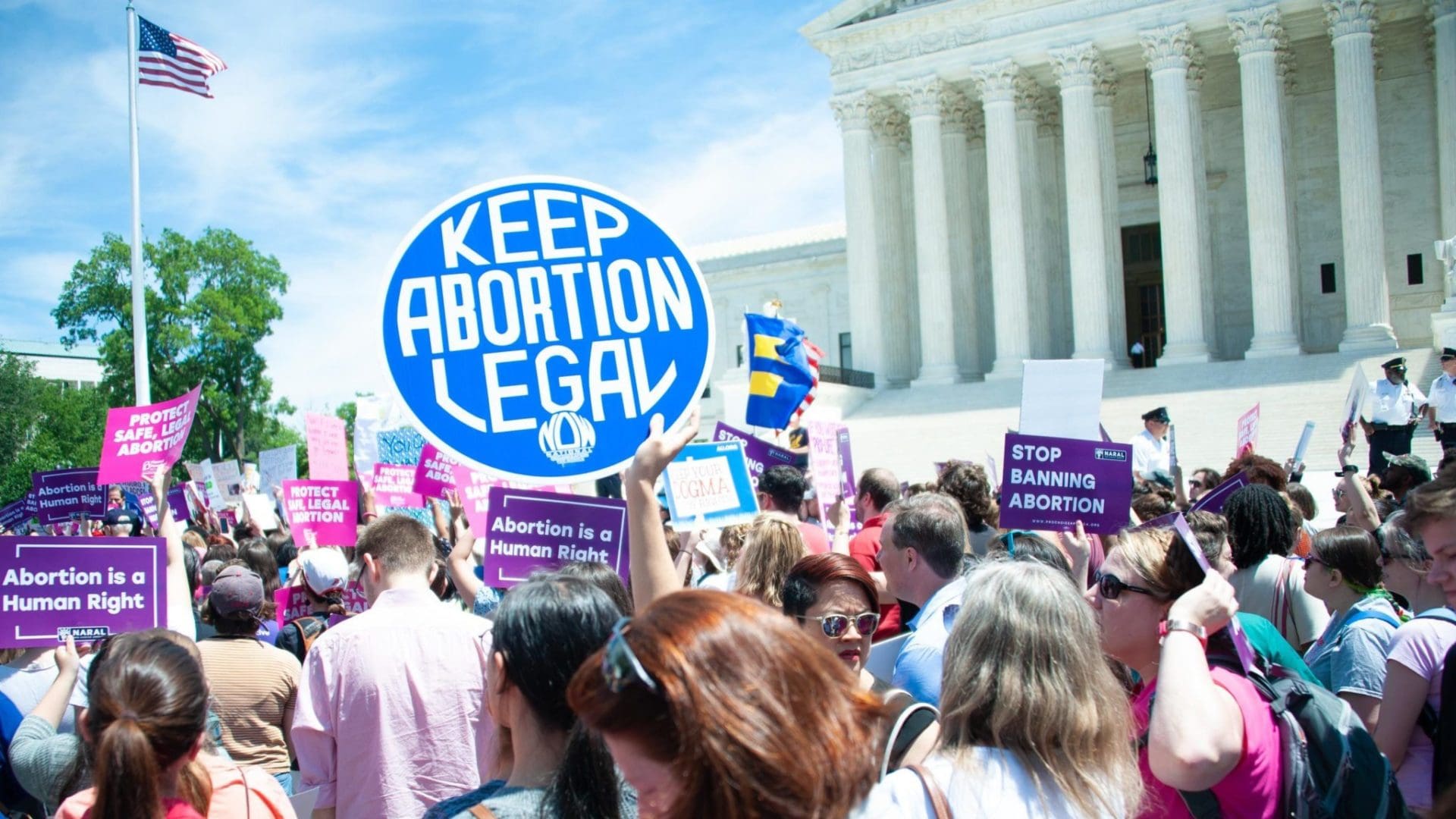The recent overturning of Roe v. Wade, the landmark Supreme Court ruling in the USA, which generally protected the right to have an abortion, has been rather controversial. Not only did it spark controversy in the US, but all across the globe. Regardless of which side of the fence someone is on, recognizing the fact that outlawing abortion is at best an ineffective measure to reduce the number of abortions is crucial.
Criminalizing Abortion Does Not Solve the Problem
In the wake of the Supreme Court decision all states have taken a stance regarding abortion. Most states with trigger laws (which were designed to come into effect after the Roe v. Wade decision) have already made abortions illegal or highly restricted. Other states vowed to keep abortion legal and accessible.
The main dividing factor appears to be religion – specifically Evangelical Protestantism –, as the more religious states (e.g. in the Bible Belt) were the ones that had been the most vocally opposed to the 1973 landmark decision and have had more restricitve abortion legislation, while more liberal or less-conservative states are the ones that have kept abortion more accessible.
Although the belief that human life starts at the moment of conception is not necessarily an inherently religious standpoint, it is most often cited by religious people as the main reason for their anti-abortion stance.
Abortion rates in recent decades have been roughly the same in places with strict abortion laws
While it is a divisive conviction, whether someone agrees or disagrees with it seems to be essentially irrelevant when it comes to abortion legislation. In fact, abortion rates in recent decades have been roughly the same in places with strict abortion laws and in countries with lenient abortion regulations, according to a joint 2020 study by the United Nations Development Programme, United Nations Population Fund, the World Health Organization, and the World Bank. Attempting to prevent women from getting abortions through criminalizing it or restricting it is seemingly ineffective, dangerous, and potentially fatal.
It is important to note that there was a documented increase in reported abortions after Roe v. Wade, but even before that Supreme Court decision the number of abortions had been trending upwards. According to the CDC, the abortion rae – the percentage of pregnancies ending in abortions – increased 4 percentage points from 1970 to 1971, 7 percentage points from 1971 to 1972, 3 percentage points from 1972 to 1973 (the year of Roe v. Wade), and only increased 4 percentage points following the landmark case. In the following decade, the same year-on-year pattern is apparent: a 2 to 3 percentage points growth every year, until the mid-80’s, followed by a steady decrease up to the present day.
Some may speculate that stricter abortion regulations have accounted for that decline (witnessed especially over the past decade), but if that were true, it would be reflected in an elevated birth rate, which has been steady, if not declining in the US.
Alternative Answers
What, then, is the more plausible reason for the decrease in the rate of abortions in the United States? There are two important factors: not only has sexual inactivity among men and women belonging to the most fertile age group (18-24) increased between 2000 and 2018, but people are much more likely to use contraception.
It seems that the most effective methods to reduce the number of abortions include comprehensive sexual education, along with the promotion of contraception use.
Another method to consider is the adoption of family-friendly government policies
Another method to consider is the adoption of family-friendly government policies, as in the example of Hungary. Thanks to the family-friendly policies, such as tax-breaks, Hungary’s abortion rates have been steadily dropping in the past decade, regardless of the fact that abortions are available on demand in the first trimester, and in some cases the second trimester of the pregnancy as well.
In conclusion, banning or restricting abortion access is not an effective method of reducing the number of abortions. Instead, emphasis should be placed on sexual education, including the promotion of contraceptive use, as well as financial support for families in order to incentivize the choice of not terminating pregnancies.







